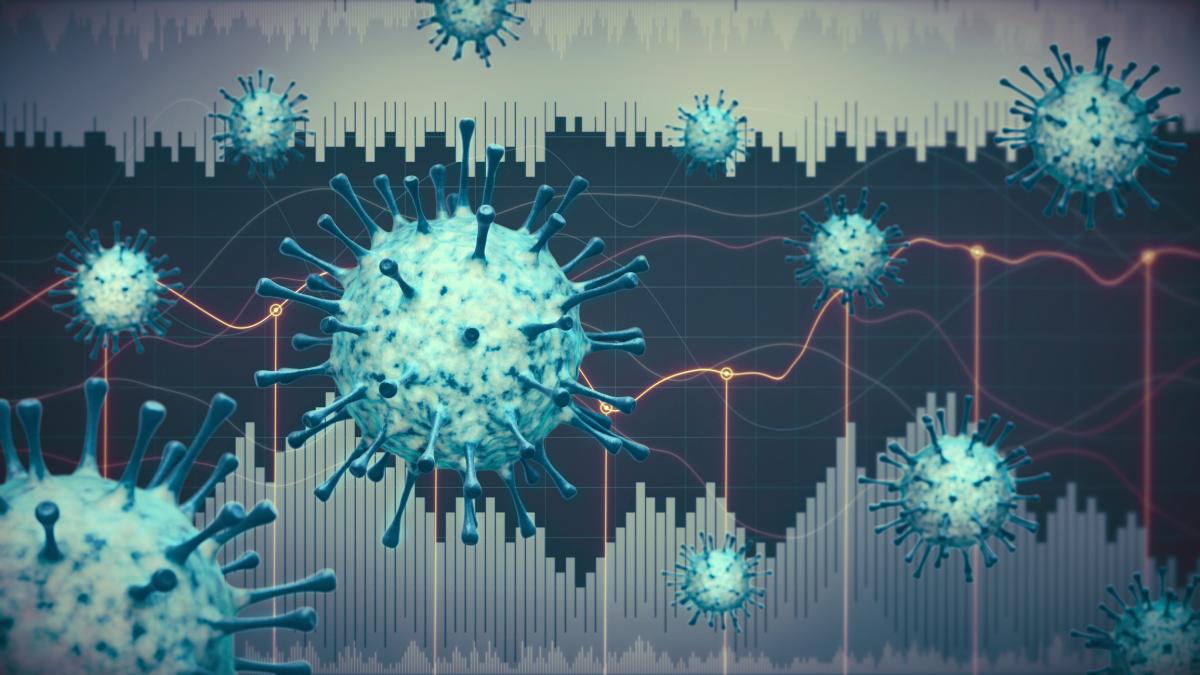Infection
Infections spike as fifth Covid wave breaks over NZ
New Zealand’s fifth Covid-19 wave appears to be driving the largest spike in infections seen all year, an epidemiologist says – and offers a glimpse of our long-term future with the coronavirus.
Health officials yesterday announced 7881 new reported Covid-19 cases over the week to Sunday, of which 1474 were “probable” cases – that was up from 5947 and 1047 respectively on the week before.
Hospitalisation numbers, too, had ticked upward, from 284 to 349 week-on-week, as had virus detected in wastewater surveillance.
ESR data showed a national average of 5.06 million copies of the virus detected per person, per day in wastewater at November 12 – double what was detected just a month before.
“Of the indicators that are now the most valid – wastewater and hospitalisations – both have been at their highest levels since January, if you take their peak values,” Otago University epidemiologist Professor Michael Baker said.
“Looking at hospitalisations in particular, it seems to be a bigger peak than what we saw in the fourth wave. This may be showing us what we can expect in the long term, which is peaks and troughs.”
Modellers still didn’t see this wave reaching the height of the one that took off around this time in 2022 – when case numbers reached the mid-8000s and weekly hospitalisations nearly topped 600 – as it was growing off a much lower base.
There was also nothing to suggest any game-changing new subvariant was helping build any wave the size of 2022′s largest ones, in what was now a highly-exposed and highly-vaccinated population.
The latest ESR sampling showed a mix of Omicron subvariants – albeit with the EG.5 or “Eris” type and its relatives now making up more than half of genomes sequenced – still driving spread.
It remained to be seen whether infection rates would keep rising as Christmas neared – with wastewater detections having taken a slight dip.
“It looks like we’re seeing the wave perhaps peaking in some parts of New Zealand, but rising in others – so there’s now a bit of regional variation,” Baker said.
“But the overall pattern is really clear. We’re in a large wave and we need to respond to it.”
Longer term, Baker said a “national approach” was needed to manage these peak periods.
“That’s because a lot of people are getting sick, are going to hospital and putting pressure on the system – and unfortunately, deaths are going up too.”
The 20 further deaths reported from last week added to a total 3522 since the beginning of the pandemic.
“We have already invested extensively in all these surveillance systems, so now I think we need to act on the information that they’re giving us.”
He singled out several priority areas he felt required addressing, including promoting boosters; supporting to help people self-isolate, and consistent policy for ventilation standards and mask use in healthcare settings.
Last week, Baker and colleagues called on the Government to set up a dedicated centre for disease control – like that in the US, and now being established in Australia – to better prepare for future pandemics.

